Apps Zone

Understanding the Mechanics of PUBG Crates
In the world of PlayerUnknown's Battlegrounds (PUBG), crates function as a significant aspect of the game’s economic system, providing players with an opportunity to acquire exclusive and customizable items that can enhance their in-game experience. These crates are essentially virtual treasure boxes which players can unlock to receive random items, including but not limited to, character skins, weapon skins, clothing, and other cosmetic enhancements. The anticipation of unlocking a rare or coveted skin can be exhilarating, driving players to invest time and resources into crate acquisition and exploration. PUBG utilizes multiple types of crates, each with varying levels of rarity and content, contributing to a tiered system that reflects the probability of acquiring valuable items. The mechanics involve keys that are sometimes needed to unlock these crates, offering an additional layer of strategy and resource management. The logic behind crate content distribution often employs principles of gacha games, where item acquisition is based on probability and luck, although game developers frequently tweak and balance these probabilities to ensure a fair and enjoyable player experience. Moreover, understanding the schedule of crate availability, such as limited-time crates and seasonal offerings, is essential for dedicated players who aim to expand their collection without missing any opportunities. The allure of unlocking rare items has also led to the rise of various simulator apps, designed to mimic the crate opening experience without the financial commitment, allowing players to simulate the thrill of discovery virtually. These simulators are often used as a practice ground or just for entertainment, providing insight into crate probabilities and content without impacting the player’s actual game inventory.
Exploring the Diversity of PUBG Crates and Their Contents
PUBG crates exhibit a range of diversity and thematic uniqueness, tailored to appeal to different player preferences and seasonal events within the game. The design of these crates often reflects contemporary trends, in-game lore, or special collaborations with other franchises, leading to a dynamic and ever-changing assortment of items that players can acquire. Each crate typically comprises a specific set of items categorized by rarity, such as common, uncommon, rare, and legendary, with higher rarity items being statistically more challenging to obtain. This rarity hierarchy not only adds value to the items but also crafts a collectible culture around them, encouraging players to engage more deeply with the game. For instance, special event crates might include exclusive outfits or accessories that are only available for the duration of the event, thereby heightening their exclusivity. Items such as the PUBG x-suit and various weapon skins often feature detailed designs and animations, providing players with a compelling visual experience that enhances the connection between player and avatar. The acquisition of high-tier items offers not just cosmetic appeal but also a sense of achievement and status within the community, incentivizing players to continuously participate in crate openings. Another layer of complexity is introduced through the use of upgradeable items, where players can enhance certain cosmetics over time, adding further depth and personalization to the collection process. As such, the diversity of crates and their contents not only enriches the core gameplay experience but also fosters a community-driven ecosystem where players can trade, showcase, and aspire towards completing their personal collections.
The Economics and Strategy Behind PUBG Crate Acquisitions
Engaging with PUBG crates requires both strategic planning and an understanding of virtual economics, as players must judiciously decide how to allocate resources such as in-game currency and real-world money. The economics of PUBG crates is intricately linked to the concept of value perception, where the worth of an item is influenced by its rarity, demand within the player market, and personal significance to the player. Players often develop strategies for deriving maximum value from their investments, such as waiting for sales or analyzing which crates are likely to yield the most desired items based on their drop rates. Another consideration is the opportunity to participate in promotional events that might offer better chances of acquiring rare items or provide bonus items as incentives. Additionally, the decision to purchase key locks or crates can be influenced by temporal factors like limited-time offers or new releases that might increase the perceived necessity of a particular item. The simulation of these economies through apps adds a new dimension to the experience, enabling players to experiment with various spending strategies in a controlled environment. Furthermore, the resale of unwanted items within the player community can offset acquisition costs, creating a secondary market where supply and demand dynamics play out visibly. Such economic phenomena mirror real-world market behaviors, offering players virtual scenarios of financial management and decision-making. Therefore, a nuanced understanding of the PUBG crate system not only enhances gameplay but also enriches the player's skill in navigating digital marketplaces.
Technological Aspects and Developments in PUBG Crate Systems
The technological development of PUBG crate systems is emblematic of the broader evolution in the mechanics of loot boxes within the gaming industry. What began as simple in-game rewards has evolved into a sophisticated system supported by complex algorithms and server-side processes to ensure a fair distribution of items. The advent of proprietary random number generation (RNG) technology ensures that each crate opened is a unique event, maintaining the integrity and unpredictability of item distribution. Game developers continuously monitor and adjust these systems based on player feedback and economic balance considerations, often deploying real-time updates to refine drop rates and item availability. Moreover, the integration of visual and usability enhancements, such as real-time color changes, animations, and sound effects when opening crates, further enriches the user experience, providing immersive feedback that keeps players engaged. The rise of support apps that simulate crate openings on Android and other platforms exemplifies how technology can expand the engagement with crates beyond the primary gameplay setting. These apps serve as a virtual sandbox, where players can test their luck in a simulated environment, guided by the same technical principles that govern the official game. By leveraging cloud computing and data analytics, developers of such simulators continue to innovate and offer features like inventory management and prediction algorithms, enhancing their utility for players looking to maximize their in-game strategic planning. Consequently, the technological underpinnings of this system symbolize the intricate balance between entertainment, engagement, and technical excellence in modern video gaming.
The Social and Psychological Impact of PUBG Crate Surprises
The phenomenon of PUBG crate surprises extends beyond mere gameplay mechanics into the realms of social interaction and psychological engagement, becoming an integral component of the gaming culture. The allure of crate surprises lies in the psychological triggers they activate, such as the excitement of chance, reward anticipation, and the allure of collectibles, each invoking a spectrum of emotional responses. This emotional rollercoaster, akin to the gambler’s thrill, plays into the brain's dopamine pathways, making the process of opening crates addictive for many players. Socially, crates can act as conversation starters within the gaming community, as players often exchange stories of their luck, showcase rare finds, and engage in trades or sales on various platforms. This communal aspect extends to user-generated content, where players craft and share videos of their crate openings or publish reviews and suggestions on forums, contributing to a shared cultural experience. Furthermore, the introduction of cross-platform access to crate simulators, available on platforms like Android, expands the reach of these social dynamics, facilitating exchanges and interactions that transcend geographical and linguistic barriers. From a psychological standpoint, understanding the hook of crate systems allows both developers and players to navigate this feature responsibly, ensuring that entertainment does not cross into problematic gameplay habits. Thus, the social and psychological impact of PUBG crates is multifaceted, encapsulating elements of community, mental stimulation, and cultural expression, reinforcing their status as a cornerstone of the PUBG gaming experience.
Share Your Opinion
Your Email Will Not Be Published.
All Rights Reserved © Apps Zone 2025
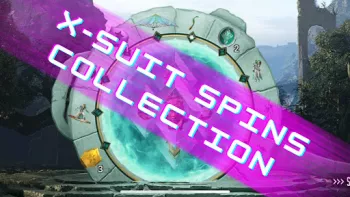
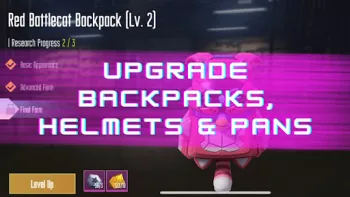
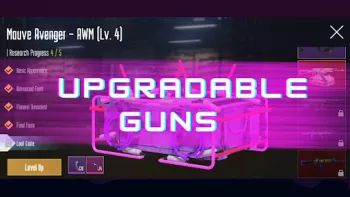
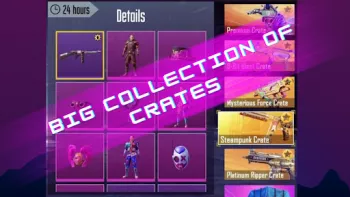
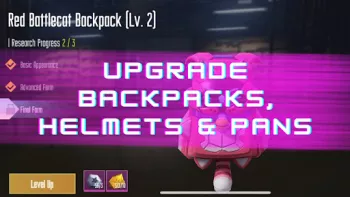
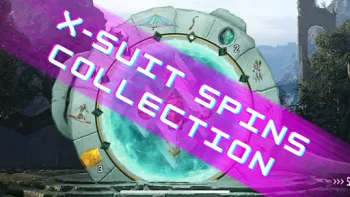
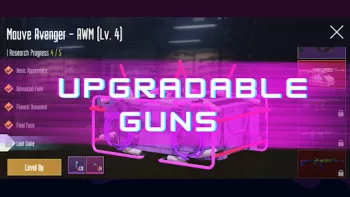
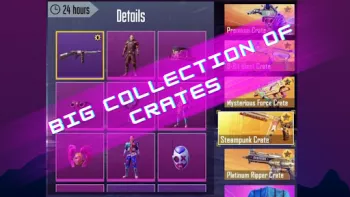
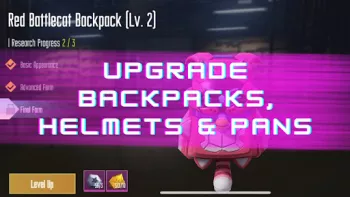
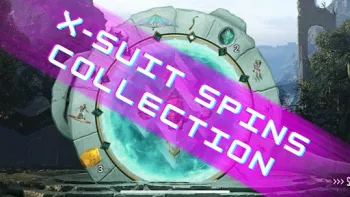
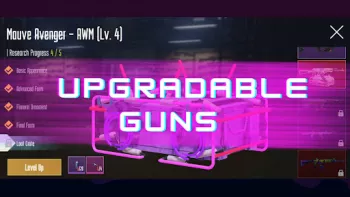


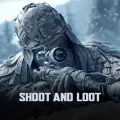





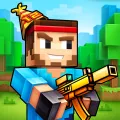



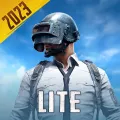

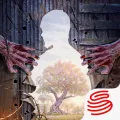


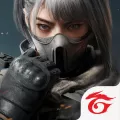
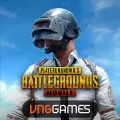
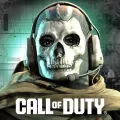

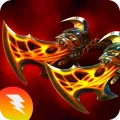

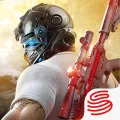
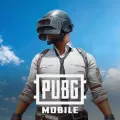
Seif Spicy
its very good game but is need some maps to play it with friends and need to add frinds and play together in maps and need to get more packages of ...
Andre Craig
great I got offered aton of prizes just for my camper store tournament winnings.
Mahmoud Ali
hey the creator add 1 we can wear clothes. 2 wee can star game. 3 we can put any thing in loppy gun Bag
لاعب تايكوندو
The game is amazing but it need a lot update like you can stack item and in x suit wheel if you get an item you have it change to x suit coin and 3...
Pubg ff shorts clips
Open crates from mobile game with latest skins Unofficial case simulator! Collect you dream skin's collection with this case simulator. It's a new ...